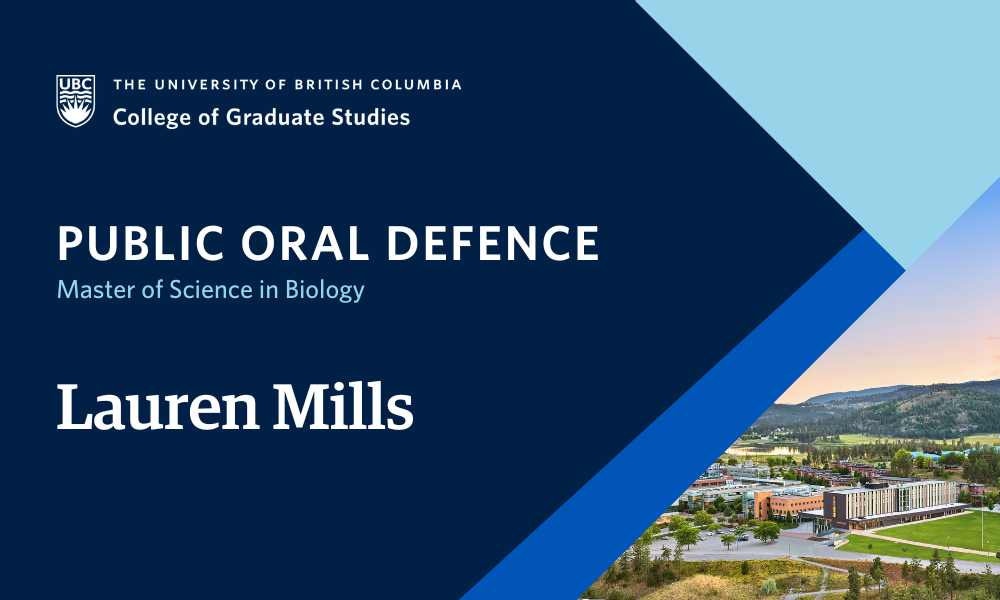
- This event has passed.
Thesis Defence: Mapping the spatial distribution of terrestrial microplastics
November 12, 2024 at 1:00 pm - 5:00 pm

Lauren Mills, supervised by Michael Noonan, will defend their thesis titled “Mapping the spatial distribution of terrestrial microplastics” in partial fulfillment of the requirements for the degree of Master of Science in Biology.
An abstract for Lauren Mills’s thesis is included below.
Defences are open to all members of the campus community as well as the general public. Registration is not required for in-person defences.
Abstract
Plastic’s versatile nature and ability to be rapidly and inexpensively manufactured have resulted in mass production since the 1960s. Microplastics have become so pervasive within the environment that they have been detected in the most remote environments – even in areas where human activity is nearly absent. Despite the widespread distribution of plastic pollution and the fact that microplastics likely impact soil bulk density, microbial communities, plant growth, and biogeochemical and hydraulic cycles, the implications of terrestrial microplastics within soil environments remain largely unknown. Additionally, the impacts of microplastic pollution on soil is not uniform as the shape, size, and composition of polymers will affect each ecosystem differently. Existing knowledge is also limited to point-sampling, with no ability to interpolate concentrations at unsampled locations. This thesis aims to enhance our current understanding of the drivers behind microplastics in soil, as well as how MP concentrations change within the soils of British Columbia’s range land. To this end, I compile existing data on the occurrence of microplastics in terrestrial soils. I then use a geostatistical technique known as regression-Kriging to model the drivers of terrestrial microplastics pollution and make predictions about the expected concentrations at unsampled locations. I found a positive relationship between microplastic concentrations and HFI, and a negative relationship between both soil depth and elevation. Additionally, I collect soil samples across nine different locations in British Columbia and isolate the microplastics found in eight of samples by carrying out an 18-day long protocol. Within these samples, I found there was an average of 4.23 x 10-4 items·kg-1 of soil for particles greater than 500-µm. These results provide a framework for mapping terrestrial microplastic pollution and aid in narrowing the gap in our understanding of how terrestrial microplastics are distributed across soil environments.